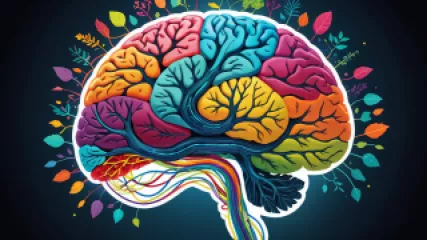Breaking Free from Victim Mentality: My Journey to Building Resilience
1 year ago
Overcoming Victim Mentality
Discover Your Ideal Learning Style with Positive Psychology Interventions
1 year ago
Learning Styles
Top 7 Memory Boosting Techniques to Increase Memory Capacity
1 year ago
Improving Memory Techniques
Effective Anger Management Techniques Online
1 year ago
Anger Management
Learning About the Psychology of Music Through Books and Movies
1 year ago
Psychology Of Music
Overcoming Cognitive Distortions: My Journey to Clarity
1 year ago
Cognitive Distortion Types
Overcoming Anxiety: My Journey to Emotional Well-Being Tools
1 year ago
Emotional Health
The Ultimate Guide to Inspiring Others: Tips and Strategies
1 year ago
Motivating Others
How can you implement an effective internet addiction intervention?
1 year ago
Internet Addiction
Understanding the Psychology of Digital Nomads for Stress Relief
1 year ago
Digital Nomad Psychology
Mastering Self-Esteem Coaching for Shyness: The Ultimate Guide
1 year ago
Overcoming Shyness
Expert Advice: Virtual Anger Management Classes Explained
1 year ago
Anger Management
How to Improve Your Relationship with Virtual Couples Therapy
1 year ago
Building Healthy Relationships
Learning from Fiction: A Novel Approach to Internet Addiction Therapy
1 year ago
Internet Addiction














